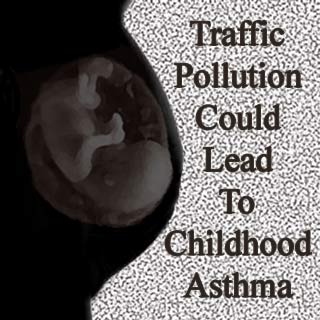
These researchers, in a study of umbilical cord blood from New York City children discovered a potential biomarker, an epigenetic alteration in the ACSL3 gene, which could be linked with prenatal exposure to polycyclic aromatic hydrocarbons. These polycyclic aromatic hydrocarbons are a result of the byproducts of incomplete combustion of carbon-containing fuels.
This is said to be the first research study that evaluates the effects of prenatal ambient air pollutant exposure on epigenetic changes linked to asthma. It is said that epigenetic changes have an effect on the expression of the normal functioning of the genes, but they do not cause structural changes or mutations in the genes.
Senior author of the paper, Shuk-mei Ho, PhD, chair of Department of Environmental Health, University of Cincinnati, says that, “Our data support the concept that environmental exposures can interact with genes during key developmental periods to trigger disease onset later in life, and that tissues are being reprogrammed to become abnormal later.â€
Co-author, Frederica Perera, DrPH, professor of environmental health sciences and director of the Columbia Center for Children’s Environmental Health, says that, “This research is aimed at detecting early signs of asthma risk so that we can better prevent this chronic disease that affects as many as 25 percent of children in Northern Manhattan and elsewhere.â€
The umbilical cord white blood cell samples from more than 50 children, born to mothers living in high-traffic areas, were analyzed by the researchers. They discovered a link between the ACSL3 gene and the mother’s exposure to polycyclic aromatic hydrocarbons. The researchers state that changes in this particular gene could act as a new biomarker for early diagnosis of pollution-related asthma. These findings hint at the potential clues for predicting environmentally-related asthma in children born to mothers living in high-traffic areas. They believe their findings can be useful for the study of other diseases in birth cohorts in relation to exposures.
Their findings are published in the PLoS ONE issue.
